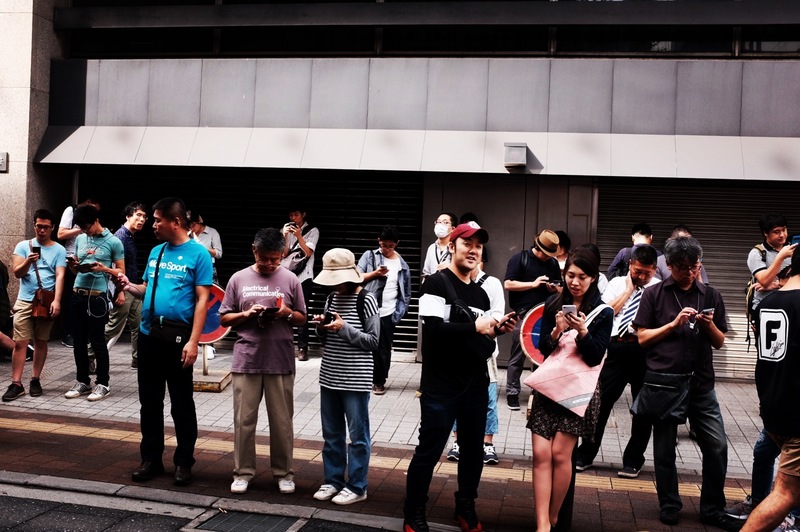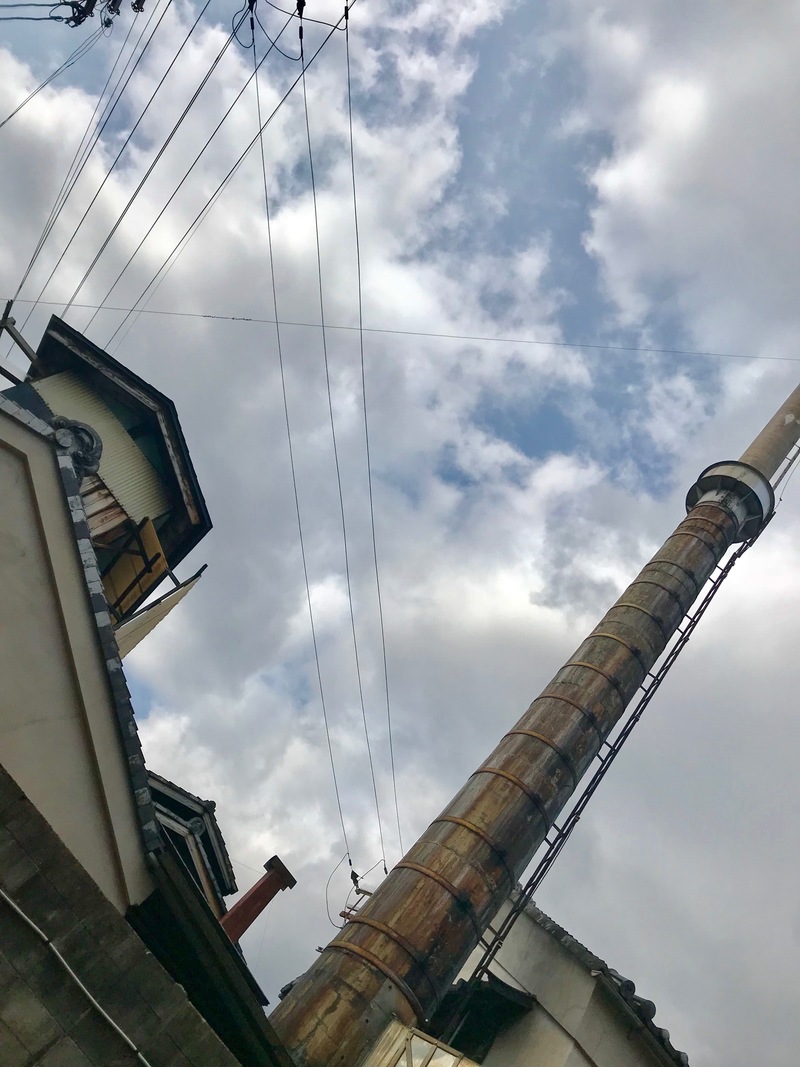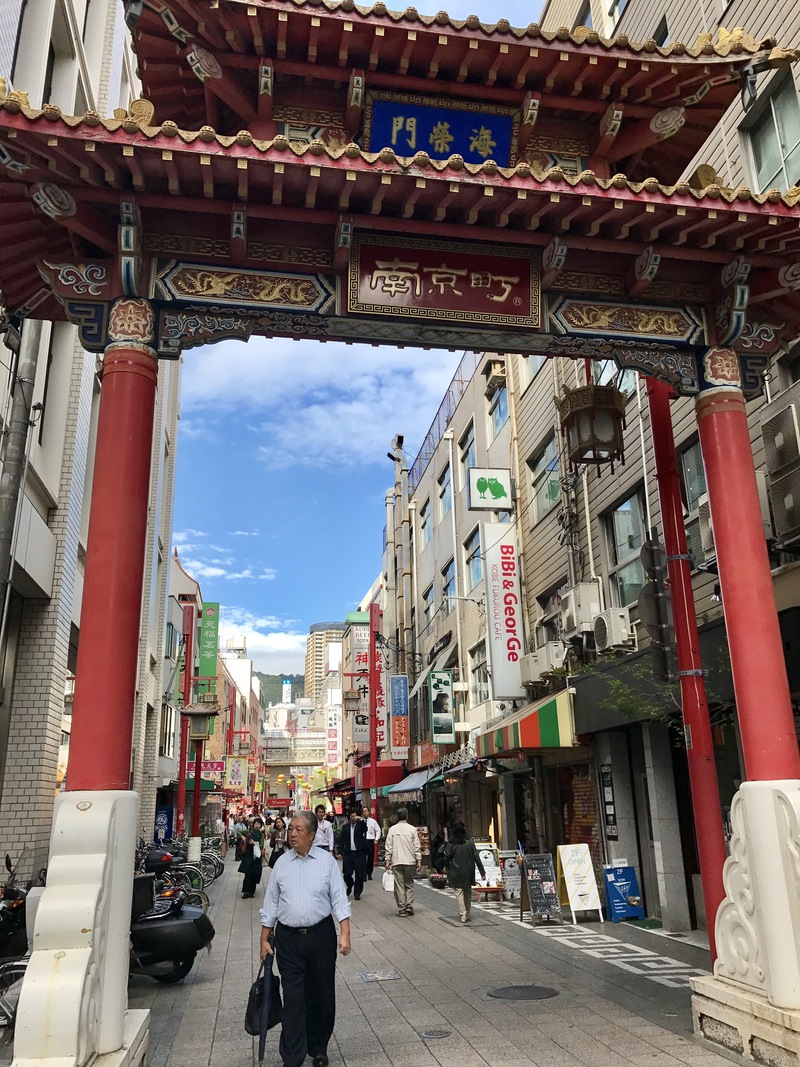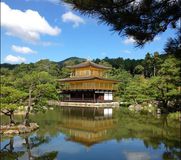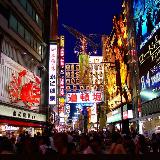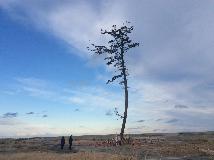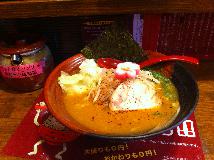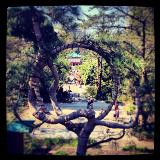By Tamara Kohn and Richard Chenhall
Mon Aug 12 2013
Gion is the part of Kyoto famous for its association with the traditional arts, dress and music of Japan, as embodied by the geisha or maiko (apprentice geisha). This recording was taken in July 2013, and captures the sound of maiko walking through the historic streets of Gion. They wear geta, or high platformed wooden sandals, to keep the hems of their expensive kimono off the street and away from the dust, rain or mud. In this recording we hear the geta on cobblestones, which give the sound a certain hollow quality. We can hear them come and then go in the distance, giving the sound a spatial quality. The sound of the geta, renowned throughout Japan and the rest of the world as forming part of traditional Japanese attire, lend this recording a sense of tradition. It is the sound of "old" Japan and is a sound becoming increasingly infrequent in the large urban metropolises of this postmodern society.

Maiko at Kyoto Station.
Recording by Tamara Kohn & Richard Chenhall
Photo by Richard Chenhall
